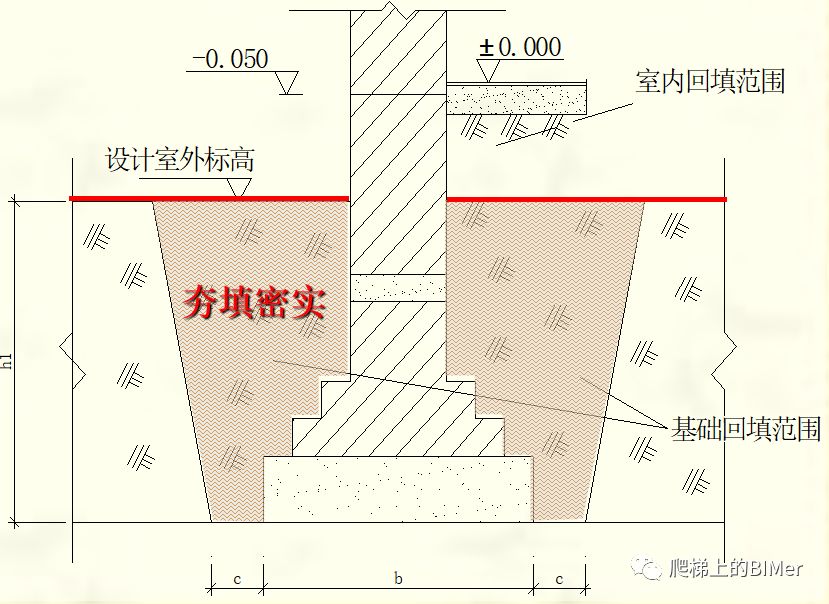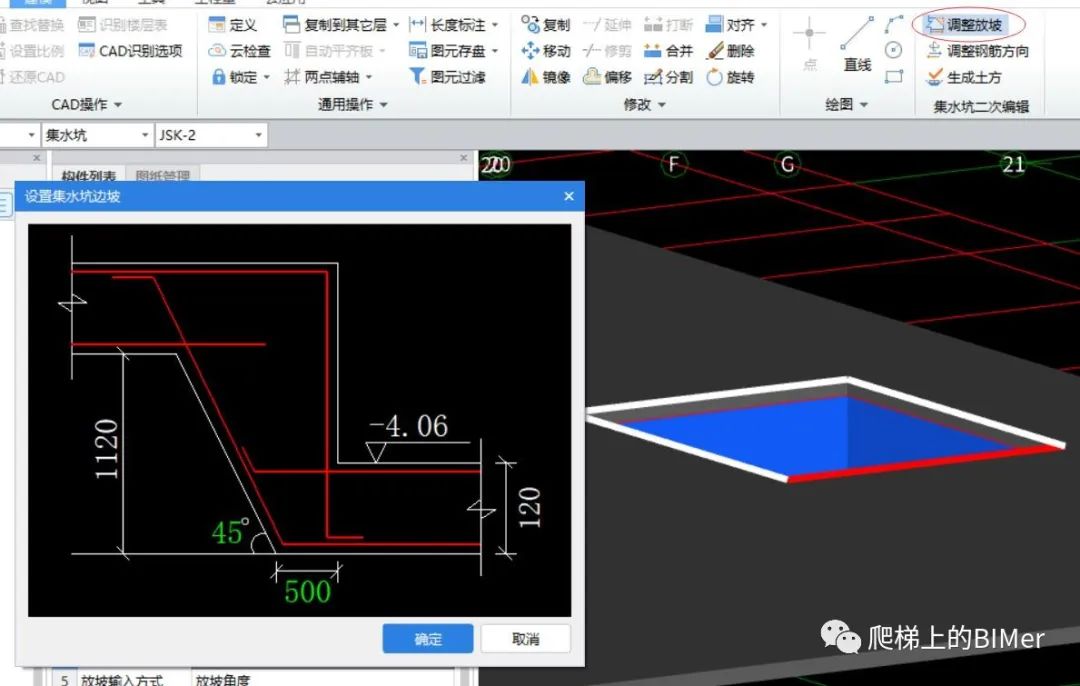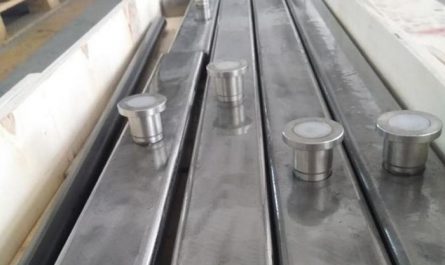1.

The definition of the elevation of the component bottom is the elevation of the pile cap and the foundation, which is different from the elevation of the component bottom in the drawing.

[relative bottom elevation] is the attribute of the component sub unit, which refers to the height difference between the bottom elevation of the sub unit and the bottom elevation of the main component.

It is a concept of relative elevation.

If the attribute of [relative bottom elevation] has no special modeling requirements, it does not need to be modified.

The program will automatically calculate it according to the height of the unit.
2.
How to deal with the brick membrane? In the software, the basic components in the rules of some regions have the attribute of “brick membrane thickness”.
The thickness of the brick membrane can be directly input according to the needs of the actual project, and the software will automatically calculate the volume of the brick membrane.
Common components that can set the thickness of brick matrix film include: foundation beam, raft foundation, strip foundation, independent foundation, pile cap, sump, etc.
3.
What cushion should be arranged for different foundation components? In the software, cushion components can be divided into point type, line type, surface type and sump column pier cushion according to the form.
Application skills: 1 >, point foundation components and surface foundation components are preferred to use surface cushion without affecting the calculation results; 2> .
linear cushion should be preferred for linear foundation components such as strip foundation and foundation beam, and surface cushion is not recommended; 3> All cushions can be arranged intelligently, which is convenient and fast; 4.
How to adjust the unilateral grading and edge distance of the sump? In gtj2018 software, you can use [adjustment and grading] in the secondary editing panel of the sump.
5.
How to increase the waterproof quantities of the raft foundation? Waterproof area of raft = bottom area + straight surface area + inclined surface area + plane area of raft outside the outer wall 6.
How to calculate the waterproof of overturned foundation beam, single foundation and cushion cap protruding from the bottom of raft? Does it need to be incorporated into the bottom waterproof of raft? The area of exposed parts of single foundation and bearing platform components can also be incorporated into the waterproof area at the bottom of raft through calculation rules according to the actual construction process.
7.
How to use the quantity code to extract the waterproof quantities of sump components? The surface outside the sump that directly contacts the foundation usually needs to be waterproof.
According to the different slope forms of the sump, the waterproof surfaces outside the sump are: bottom plane, bottom elevation and bottom slope.
You can directly select the corresponding codes on all sides of the sump.
Waterproofing is also required around the inner wall of the sump and the bottom plate in the sump.
The quantities of waterproof area can be extracted by using the template area code in the sump.
8.
How to use the quantity code to extract the waterproof quantity of independent foundation components? Single foundation waterproof area = bottom area + side area + top area 9.
How to extract the waterproof quantities of strip foundation components by using the quantity code? Waterproof area of strip foundation = bottom area + side area + top area 10.
What is the difference between the calculation of earthwork in the list and quota pricing? It mainly depends on whether to consider the influence of grading and working face.
In the list, it is considered that the dimensions in the design drawing are calculated by volume, while considering the actual working conditions in the quota, it is necessary to consider the influence of grading and working face.
11.
What is the grading factor of earthwork? During earthwork construction, in order to prevent the collapse of excavated earthwork, when the excavation exceeds a certain depth, the earthwork slope shall be built to a certain degree, which is called grading.
Earthwork grading coefficient (k): (as shown in the figure below) refers to the ratio of the bottom width b of the soil wall slope to the foundation height h, i.e.
k = B / h.
how to determine the grading coefficient in the calculation of earthwork excavation quantities? The grading coefficient is usually related to the excavation depth, soil type, operation mode, etc.
The slope of grading varies according to the earthwork category (the determination of soil category depends on the soil category given in the geological survey report or on the design and construction drawings).
Some empirical values of soil grading coefficient can also be given according to the quota description of each province.
13.
Is the starting position of grading from the bottom of the cushion or the top of the cushion? When excavating earthwork, whether to slope from the bottom of the cushion or the top of the cushion needs to be determined by the quota calculation rules and the actual situation on site.
In gtj software, when [automatically generate earthwork] is selected in the cushion component interface, you can select to automatically generate earthwork according to the cushion bottom or cushion top.
15.
How to automatically generate earthwork after the layout of foundation components and cushion? In the software, earthwork can be automatically generated according to the cushion and foundation components, and the way of automatically generating earthwork according to the cushion under the foundation components is simple, fast and accurate.
When there is no special need, it is recommended to generate earthwork according to the cushion, which can be generated according to the cushion bottom or cushion top.
16.
How to select earthwork type when automatically generating earthwork? The type of earthwork generation will affect the calculation of quantities, so it should be selected according to the actual situation of foundation type.
Generally, the classification of trench, foundation pit and general earthwork is as follows: trench with bottom width ≤ 7m, bottom length > 3 times of bottom width; Foundation pit with bottom length ≤ 3 times bottom width and bottom area ≤ 150m2; Beyond the above range, it is general earthwork.
17.
After automatically generating earthwork, how to adjust when the grading coefficients of each side of earthwork are inconsistent? If the earthwork construction site does not meet the conditions, there is no space on one side, and the grading cannot be carried out, or the grading coefficient is different, the attribute of “grading coefficient” can be included in the attributes of earthwork components in the software.
When individual edges are different, the grading coefficient of large excavation earthwork and foundation pit earthwork can be adjusted by setting grading and selecting edges.
18.
What is the priority of mutual deduction in the calculation of large excavation, foundation pit and foundation trench? The priority of earthwork deduction calculation is: large excavation earthwork > foundation pit earthwork > foundation trench earthwork..



